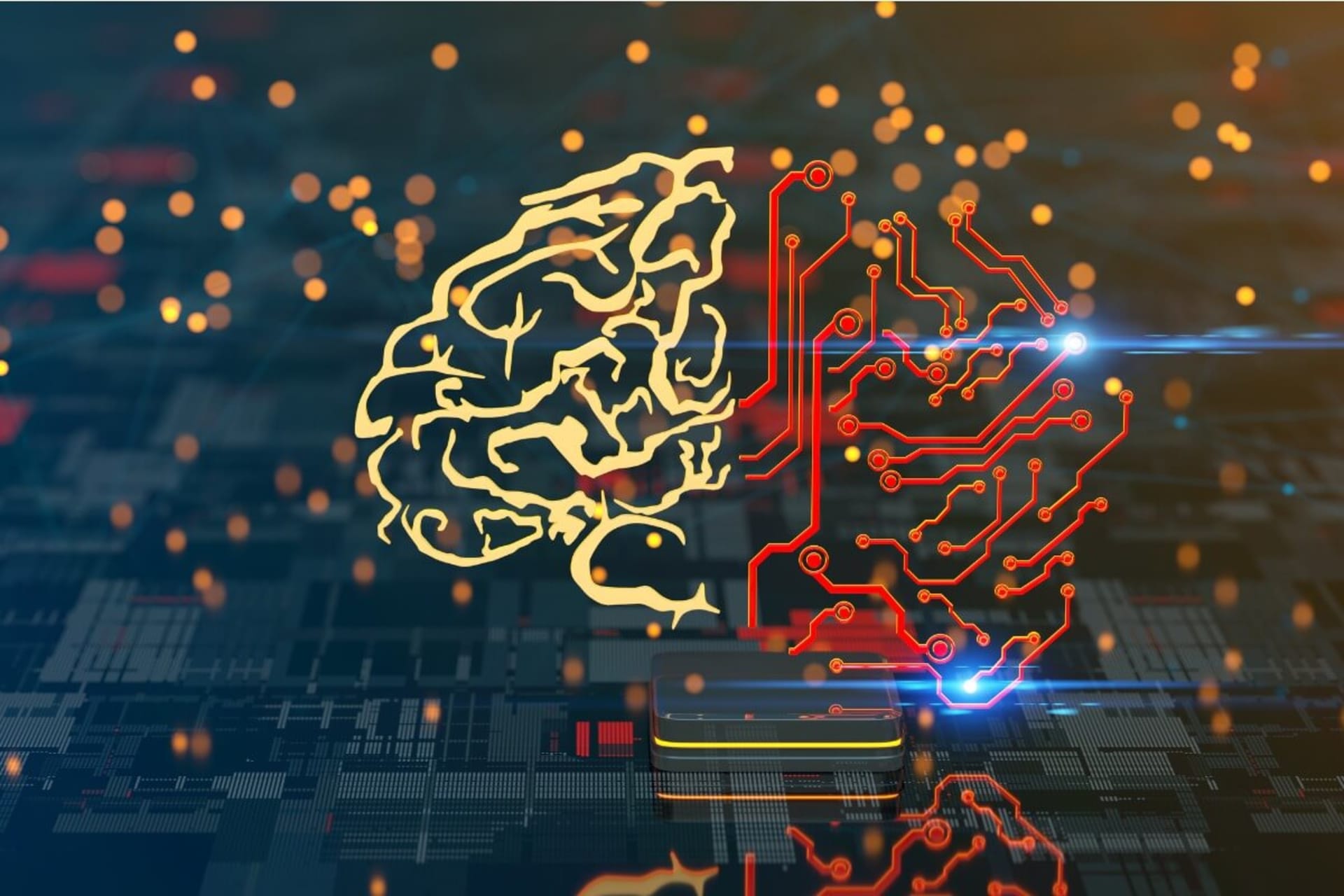In most organizations, analysis and consensus are considered positive actions. No one wants to make a hasty decision or take an important action without having enough information to weigh the pros and cons accurately. However, like most things in life, too much analysis can be a very bad thing.
Most of us have heard of “analysis paralysis,” where a team or leader seems unable to make a decision and constantly revisits the facts and data available to them. This scenario is incredibly frustrating, as teams seemingly make a decision, only to revisit that decision and perhaps reconsider. In dramatic cases, so much reconsideration occurs that team members lose respect for their leader’s ability to make a decision and stop putting any real effort into the day’s decision for fear it will be quickly revisited.
While this scenario seems obvious, arrival at full-blown analysis paralysis is not immediate, and there are multiple opportunities to identify and mitigate analysis paralysis. Constantly revisiting decisions is often the result of not considering the cost of analysis, deferral, or additional consensus-building. In many situations, taking the best-known path forward today is a lower cost and faster approach than making a nearly perfect decision several months into the future.
Start by Pricing Progress
A key element in analysis paralysis is always assuming that more information and more study are highly valuable. This is often not the case, and indecision and delays for analysis are often costly. You may not need to write a check to a vendor, but that delay for investigation can impact critical deadlines or disrupt other projects that depend on your effort.
Just as you would apply appropriate due diligence to a financial decision, use the same diligence when deciding whether to invest in more analysis or otherwise delay a key decision.
Understand the “Known Unknowns”
An initial trap many leaders fall into when making a complex decision is spending time trying to get answers to unknowable questions. For example, it’s impossible to precisely predict outcomes ranging from economic conditions to whether a software vendor will live up to their promises to release a critical new feature.
If you can identify these “known unknowns,” you can start to plan whether various outcomes will have a particular consequence and use that information in your decision-making process. For example, if a software vendor doesn’t release a critical update, could you complete a project successfully minus whatever elements depend on that feature? If not, you can make a difficult decision today to delay a project and redeploy valuable resources elsewhere rather than agonizing over a decision based on factors outside your control.
Consensus Can Be Costly
Many corporate cultures celebrate consensus-building and suggest it’s always a good idea to “shop around” whenever you’re making an important decision to gather input and gain agreement. Depending on the decision, this can become an unending exercise that quickly leads to full-blown analysis paralysis.
Consensus-building can be comforting, which is why many leaders fall into this trap to some degree. Getting input from colleagues and ultimately getting their agreement that you’re making the right decision can spread risk and provide the impression that the leader has been diligent in making their decision.
However, consensus-building comes at the cost of progress, and too many people look for more consensus than necessary. While this may seem innocent, gaining consensus often involves additional analysis, compromise, and planning. If you spend several days addressing the concerns of a colleague who is ultimately not impacted by your decision, you’ve spent resources unnecessarily.
Furthermore, the risk-sharing benefit of consensus-building often means you’ll need to provide various assurances to the people whose consensus you seek. In risk-averse organizations, it’s easier for someone to say no than to bless your decision and share the risk of any potential failure. You might spend months assuring various individuals that their concerns will be addressed while a competitor passes you by or key deadlines are missed.
Map Out Key Metrics
As part of understanding the known unknowns, document how you’d change a critical decision should one of these known unknowns ultimately become understood. Suppose your software vendor suddenly releases a critical update. Suppose you’ve mapped out what elements of a crucial decision you might change. You can avoid additional analysis or paying any “progress tax” since you’ve already planned for that scenario.
It’s impossible to map out every potential change in external circumstances that might impact your decisions, but identifying, understanding, and mapping how you’ll respond to a handful of critical known unknowns will show that you’ve done due diligence and will save your team from potential analysis paralysis should the external environment change.
We’ve all known individuals that seem to agonize over a simple choice, spending hours analyzing a low-cost purchase or where to dine. In these cases, it’s evident that the energy invested isn’t worth the potential downside risk. However, in many organizations, we celebrate the corporate equivalent of spending hours reading reviews on a $5 purchase under the banner of due diligence or consensus. Recognizing the costs of this behavior and ensuring that we’re spending our time wisely can provide benefits that far outweigh the risks of attempting to make a “perfect” decision.







